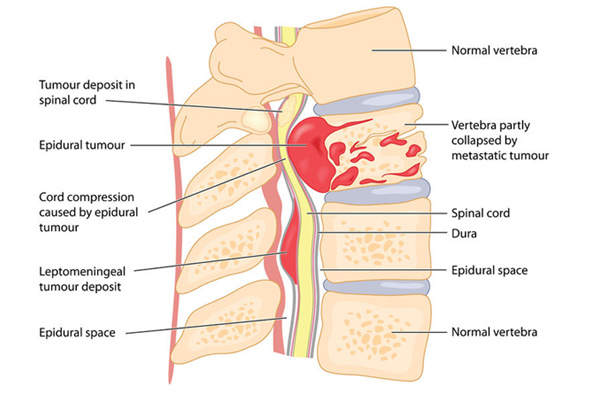
Welcome to Zen Spine, your trusted source for information on spinal health. In this article, we will delve into the topic of spine tumors and metastasis, focusing specifically on metastatic spinal cord compression. Understanding this condition is crucial for patients, caregivers, and healthcare professionals alike. So let’s explore the primary spinal tumors and how they can lead to metastasis, as well as the impact of metastatic spinal cord compression on overall spinal health.

